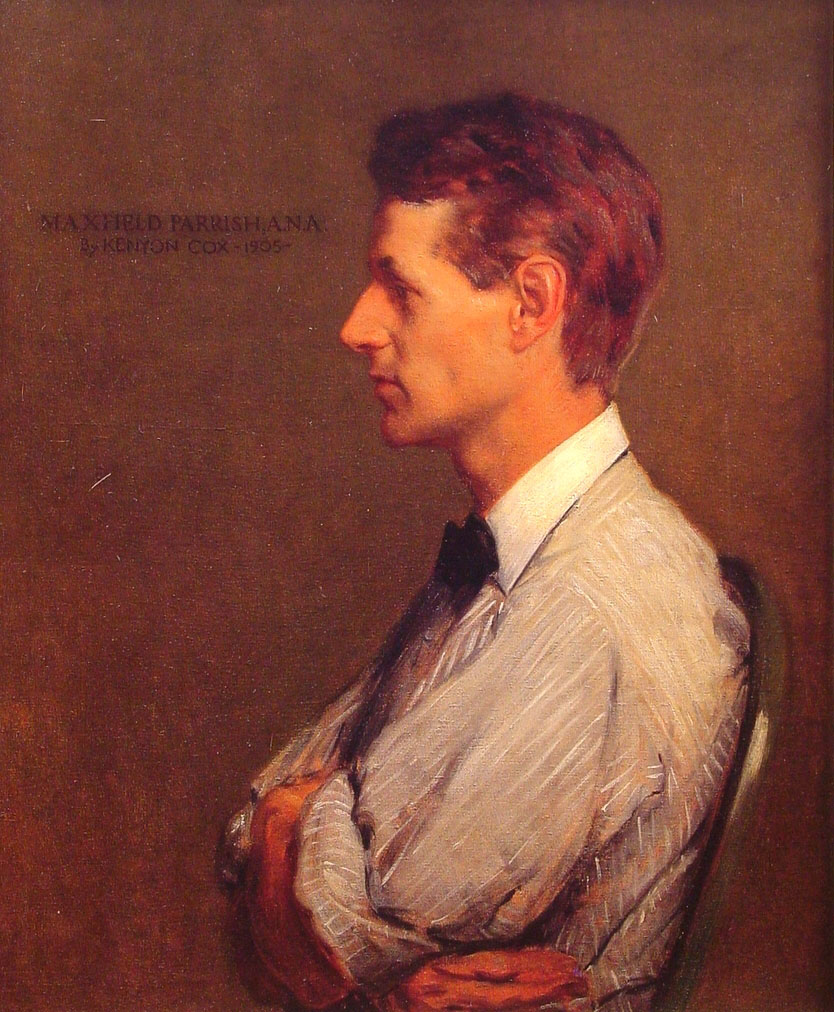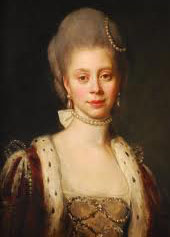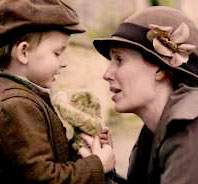While watching the fifth episode of Downton Abbey, Season 3, many of the show’s observant viewers noted that when the American Isobel Crawley hosted a thoughtful luncheon after the death of Lady Sybil, Ethel Parks, the disgraced housemaid, served a final course entitled a “Charlotte Russe”.
No dessert could have been more appropriate, especially after Lord Robert Crawley burst in, shocked that his family was being served by the former prostitute. Christian charity was one thing, but in his eyes, the family’s reputation was quite another matter.
 Yet, perhaps his mother, Violet Crawley, the Dowager Countess of Grantham, knew quite a bit more about both life and culinary history when she remarked dryly on seeing the Charlotte Russe, “It seems a pity to miss such a good pudding.”
Yet, perhaps his mother, Violet Crawley, the Dowager Countess of Grantham, knew quite a bit more about both life and culinary history when she remarked dryly on seeing the Charlotte Russe, “It seems a pity to miss such a good pudding.”
For you see, the Charlotte Russe is one of those grand dishes that comes with an equally grand pedigree. Its creator was the legendary French Chef Marie Antonie Careme, who history remembers as “the King of Chefs, and the Chef of Kings”.
High praise that, and yet, it is totally true. He not only cooked for the leading powers of his day (Talleyrand, Napoleon, George IV and the Czar of Russia), he defined the toque as the classic chef’s hat, clarified the four “Mother Sauces” and established “service a la russe” as the accepted form of table service in polite society.

But who is Charlotte? Charlotte was the sister-in-law of the Czar and was married to George III of England. (Yes, ‘that’ George of ‘Lost the American Colonies’ fame). After the fall of Napoleon, for whom he had worked earlier, Careme had been employed by King George’s son, the Prince of Wales (and future George IV).
While serving the English Prince, he had observed and had come to admire the quiet nobility of this former princess from the tiny German state of Mecklenburg-Strelitz, who managed both a mentally unstable royal husband and a family of 15 overly ambitious children(!)
At the same time she also mentored the careers of Bach and Mozart and supported scientific discovery in the field of botany. The world famous Royal Kew Gardens exist today because of her keen support and insightful interest.
But her contributions do not stop there. Truly a woman ahead of her times, she founded orphanages and hospitals for expectant mothers. She supported education for women, especially for women “to whom life had not been kind”.
So you can see why Careme named a dish after this remarkable Queen, for he had seen enough of life himself to understand its many hardships and the need for rulers to address them.

We can be thankful then that the esteemed Careme, in the cold snows of Russia, showed more awareness and compassion to the twists and turns of life by naming a dessert after this courageous Queen than did Lord Robert with his hot tempered moral lecture at the luncheon table.

Equally, the twist and turns of culinary history should often serve to remind us all within the Industry how even the simplest of actions, a kind word – a thoughtful gesture, can enrich lives beyond our knowing. And that, perhaps, is something to always remember, whether we serve upstairs or down.
Your Culinary World copyright Ana Kinkaid/Peter Schlagel 2013













